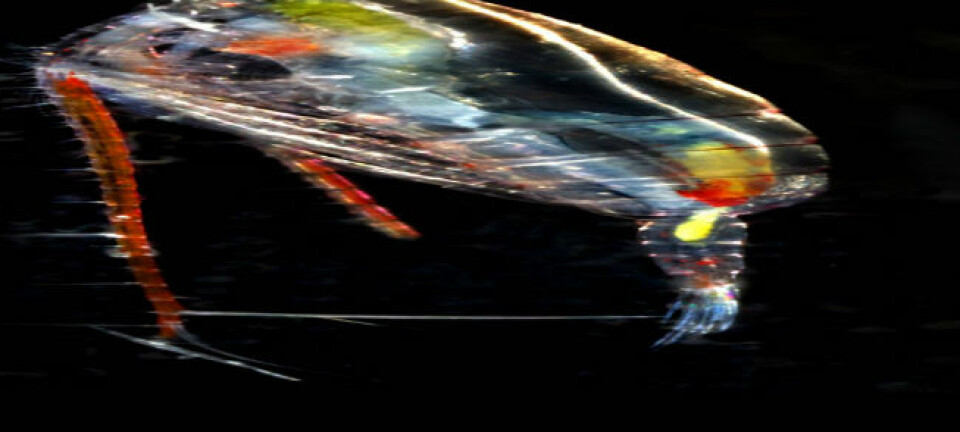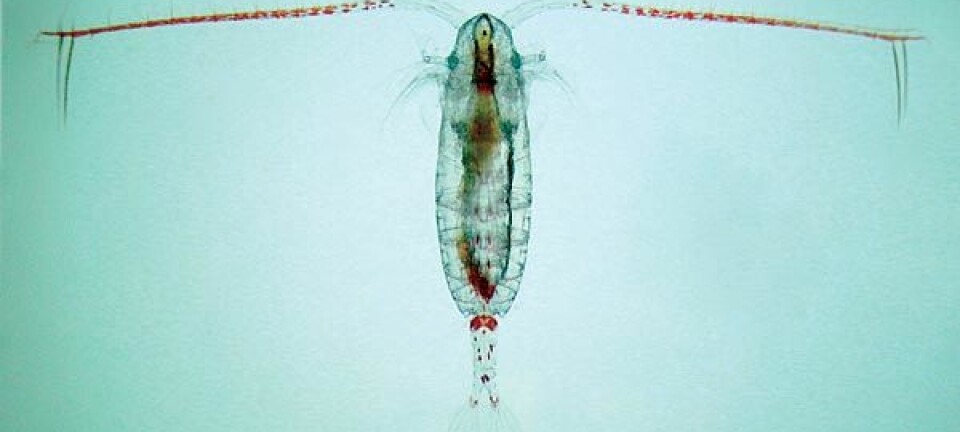
The Great Barrier Reef is in trouble
Nearly half of Australia’s famed coral reef is sending serious distress signals as persistent high ocean temperatures cause corals to bleach.
Australia’s Great Barrier Reef is the largest coral reef in the world, stretching for 2300 km along the country’s northeast coast, and home to more than 1,500 species of fish, 411 kinds of hard corals and 30 species of marine mammals.
But in late March, scientists from the region began to report that roughly 1000 km in the northern part of the reef have turned chalk white in a phenomenon called coral bleaching.
“Around 95 per cent of the northern reef has been bleached, and the corals that have been affected are in danger of dying,” says Trond Amundsen, a professor of biology from the Norwegian University of Science and Technology.
While Amundsen doesn’t study coral reefs themselves, he does study small fish that live on coral reefs. For this reason, he has visited the Great Barrier Reef several times, the last being in 2015, before the reef was affected by widespread bleaching.
“It is very sad to hear about the bleaching when you've seen what the reef really should look like,” he said.
Map of the Great Barrier Reef:
Amundsen has been in contact with the Australian scientists who are working to identify the extent of bleaching. They paint a grim picture of what has happened.
High temperatures and bleaching
A healthy coral reef is a colourful environment where thousands of fish, crustaceans, anemones and corals live with and on top of each other in a huge jumble of life.
Corals are tiny animals that live in colonies and form skeletons made of calcium. Over thousands of years new generations of corals make homes atop dead coral skeletons, which eventually leads to the formation of a reef.
But corals live in a symbiotic relationship with tiny algae that actually provide them food. The algae also give the coral its colour.

A coral reef before bleaching. (Photo: Trond Amundsen / NTNU)
“Algae provide the corals with around 90 per cent of all the food they need,” says Amundsen.
Corals “bleach” when they lose their algae. They don’t die right away, but they do lose their main source of nutrition.
In hot water
The coral varieties that live on the Great Barrier Reef cannot tolerate water temperatures much over 30 degrees C, precisely because of their symbiotic relationship with their algae.
The algae convert solar energy into food using photosynthesis, which also produces oxygen.
If the water gets too hot and the algae get a lot of sun, their rate of photosynthesis kicks into high gear and they produce lots of oxygen. This excess oxygen actually causes the corals to cast out their algae, even though the corals need the algae to survive.

Trond Amundsen works on a research project off Lizard Island in 2015. (Photo: Sara Östlund-Nilsson)
Scientists don’t really know why the corals expel their algae, in part because coral bleaching itself is a relatively new phenomenon. The first time it was reported on a large scale was only in 1998.
“Researchers have failed to find evidence of coral bleaching in coral remains from as far back as 400 years ago,” says Amundsen.
But it has happened several times over the last 20 years. It happened in 2002 and it is happening now.
Death not immediate
Corals do not die immediately when they bleach, but they can’t survive without their algae for long. The algae do come back if the sea temperatures drop relatively quickly below 30 degrees C.
The reason that bleaching has been so bad this year is that ocean temperatures have topped 30 degrees for a long time. This animation shows how ocean temperatures have developed in the Great Barrier Reef area since January. The temperature in the northern part of the reef has been higher than usual since then.
“Australian experts believe that perhaps half of the corals will die, but we do not know yet. It could be worse, but it might also be not so bad,” Amundsen said.
“There is hope that the corals that have not already died can survive, but no one really knows how many are dead or weakened,” he said.
Amundsen is particularly concerned about the fish that live on reefs, in part because of what he has learned from his own research.
“Corals are the basis of life in the area, so if a lot of corals die, it will have major consequences for the creatures that depend on the reef,” he said.
Norway has a total of around 350 fish species. Amundsen has worked on Lizard Island, an island of about ten square kilometres at the northern end of the Great Barrier Reef.
“There are about 1,500 different species of fish around this little island, so the corals support a vast ecosystem,” Amundsen said.
Lizard Island is also located in the area where corals have bleached.
-------------------------------------
Read the Norwegian version of this article at forskning.no

































